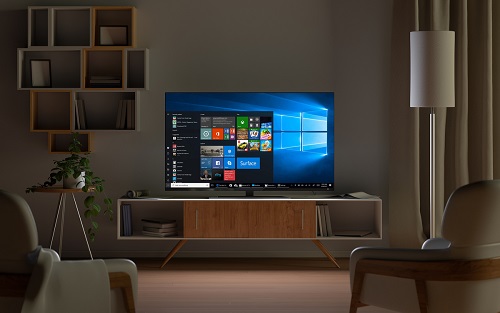DisplayPort vs HDMI: The Best One for Gaming & TV
The comparison between DisplayPort and HDMI is based on technical terms. It may be irrelevant for the people who are not so aware of online gaming, but people spending thousands of dollars on getting gaming hardware will find it useful.
The video game players and enthusiasts of television display may find themselves puzzled about choosing the digital interfaces between HDMI or DisplayPort. Since gaming includes many other things also and so it becomes tough to answer this question.

HDMI and DisplayPort are the standard cables when it comes to connecting devices to monitors or television. These connection devices have traveled almost fifteen years of the journey while replacing the standard cables like AV. The users of RGB and the first Sony PlayStation are very aware of the AV cables, which came in red, white, and yellow. Each DisplayPort and HDMI have high bandwidths audio and HD signals. Both connecting devices do not split data into multiple ports and move it between ports frequently.
However, both devices DisplayPort and HDMI are very much similar in their capabilities, but they differ in bandwidth and uses. DisplayPort can be used to connect several displays from a single port making it better in technical terms. Moreover, it has a higher bandwidth in comparison to HDMI. For example, the next-generation bandwidth standards for HDMI are 2.1, and DisplayPort is 2.0. It proves that DisplayPort provides bandwidth highly before being compressed. However, some caveats are separating DisplayPort and HDMI. The length of DisplayPort is nine feet, whereas the length of HDMI is 49 feet. Besides, DisplayPort can connect more displays, but HDMI can connect everything else to more.
The Use Cases of DisplayPort and HDMI: A Comparison
The use case often decides which type of connection is better. Moreover, it can also be defined with monitor setup and hardware used for better visuals. The debate about the use case is worthless if the user is not playing online games on any monitor with 4K visuals and refresh rate of about 120 Hz, FreeSync or G-Sync. Both DisplayPort and HDMI can handle refresh rates over 120Hz and even 1080p along with similar color output.
DisplayPort can be the best choice for users who often use monitors with higher refresh rates and are willing to get the benefits of G-Sync. GPUs like Nvidia and AMD are compatible with both HDMI and DisplayPort along with supporting refresh rate over 144Hz. However, monitors displaying at such higher refresh rates will need to rely on DisplayPort. If a 1440P display or monitor with FreeSync or G-Sync supporting HDMI will become costly to most users.
For the users who want to connect their personal computer to their television, it will be better to choose HDMI as DisplayPort is not supportive of television. Also, HDMI is the only choice for users who play online games on gaming consoles and to connect devices like Roku or Apple TV. Moreover, HDMI is considered the standard digital interface for setting up entertainment hardware at home and theatres. Besides, when compared to DisplayPort at higher levels like 85 Hz or 4K, HDMI’s performance is also very satisfactory. When looking at the advantages of HDMI regarding online gaming and TV, it appears better than DisplayPort. But, DisplayPort can be better for the people who opt for monitors with a high refresh rate.
Comments
Post a Comment